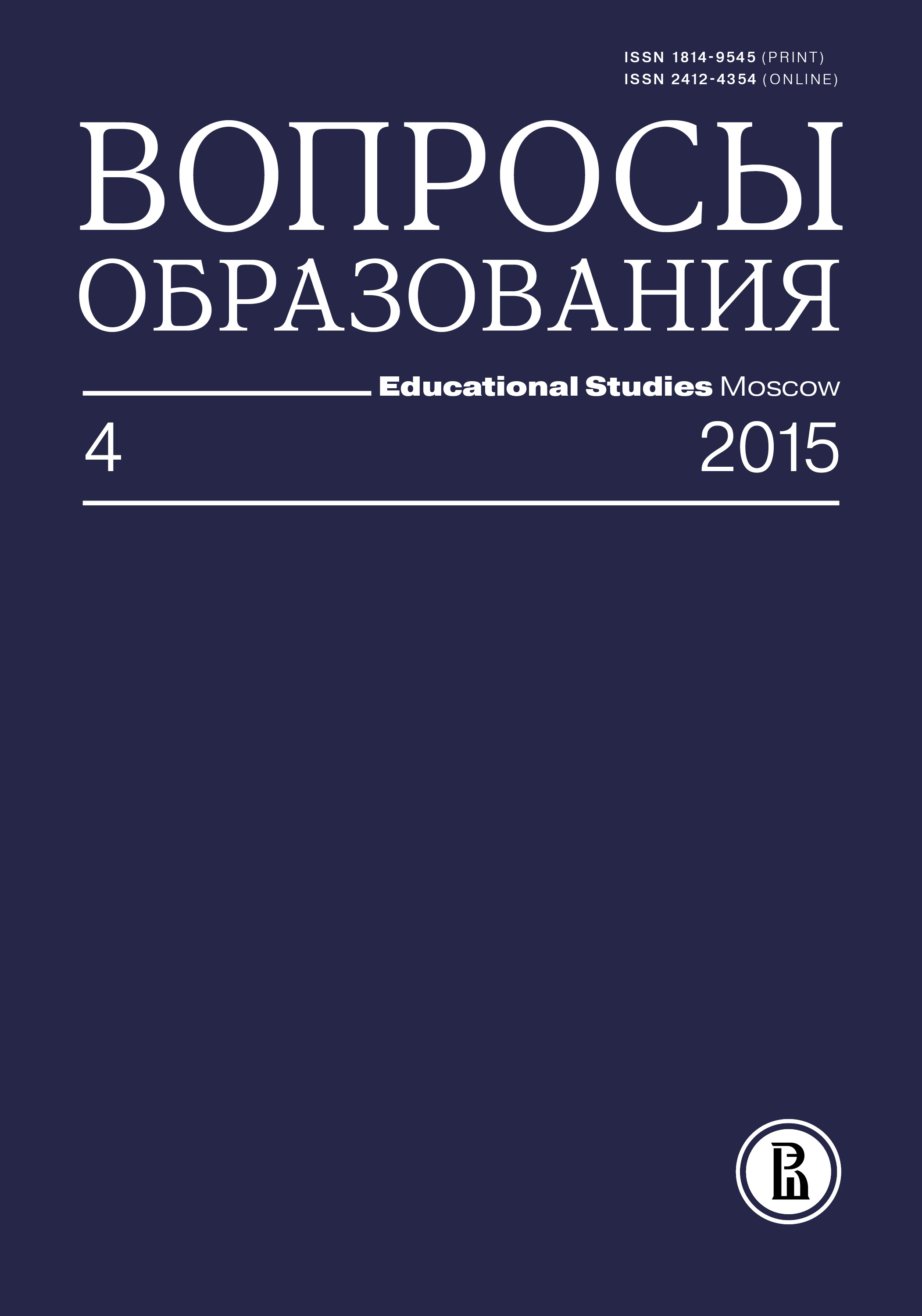Factors of Attractiveness of the Leading Russian Universities. Overview of Literature and Econometric Analysis
Abstract
Attractiveness of a university means being in demand and reflects its ability to attract the best students. The aim of this research is to identify key factors influencing the best students’ choice in Russia. Average unified state examination (USE) scores of successful candidates for admission to the universit y, are used as a dependent variable. The paper provides a review of theoretical models and empirical studies of high school entrants’ decision criteria. Our econometric analyses show that the key factors of university selection are university’s brand, success of its graduates, quality of teaching staff and college’s location. In some cases research activity is also a significant factor. Those technical universities, which retained their specialization, are among the most in-demand, and demand for technical universities, which increased the share of students in economics, is below the average. The achieved results are useful for the heads of higher education institutions while developing evidence-based measures to increase demand for universities. First of all, there is a need for reputation improvement, which includes dissemination of information about achievements of graduates and scientific achievements, etc. on the internet.









